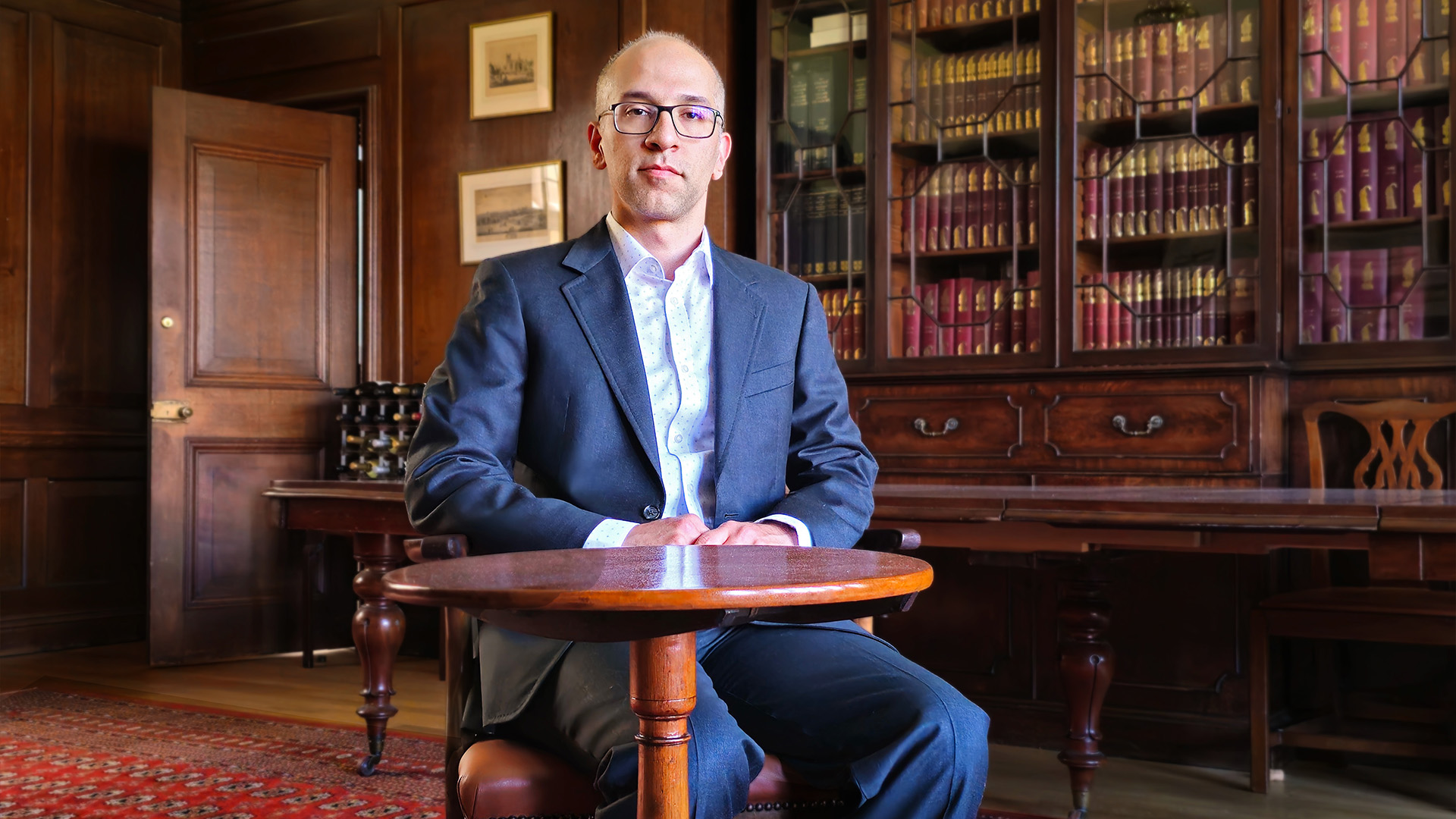
College Position
Fellow in Engineering
University Position
University Assistant Professor
University Department
Faculty of Engineering, Electrical Engineering Division
Research Interests
Photonics, Optical Communication, Space Technologies
You’ve had a long journey across various UK universities, but your first degrees are from Iran. Tell us about your background.
I am from Rasht, a beautifully green city near the Caspian Sea in northern Iran. My childhood was shaped by academic achievement, influenced by my father, a professional doctor who consistently ranked at the top of his university class. I always aspired to follow in his footsteps.
Through a lot of hard work, I was accepted into the University of Tehran, one of the most prestigious institutions in the country, where I studied electrical engineering. For my master's degree, I went on to study telecommunications at Sharif University of Technology, widely regarded as Iran’s leading technical university.
After completing my studies in Iran, I applied for opportunities abroad and was offered a scholarship to pursue a PhD at the University of Edinburgh. I moved to the UK in January 2014. My research focused on optical fibre communication, approached from a theoretical perspective grounded in mathematical modelling. The PhD was a success: we published several papers, and the work supported my supervisor in securing further research funding from Leverhulme Trust.
After your PhD, you spent a while in Scotland, across universities. What were you working on?
I spent the next three years at the LiFi Research and Development Centre at the University of Edinburgh. I have always been drawn to a challenge, and this was an entirely new field for me: optical wireless communication, or LiFi. While it might sound similar to the focus of my PhD, it was quite different. I had to start from scratch and familiarise myself with a completely new set of ideas.
I later moved to the University of Strathclyde in Glasgow, which has strong industry connections in my field. Unfortunately, this was in 2020, and the Covid-19 pandemic meant many of those connections could not be developed as planned. Even so, there were positives: Strathclyde was where I began my academic career. As a Chancellor’s Fellow, I supervised my first PhD student and started work on a major national telecommunications project called Project REASON funded by the Department of Science, Innovation, and Technology. The project involved collaboration with government offices and universities across the UK, and focused on developing advanced semiconductor devices and communication network protocols with a multi-million-pound budget.
At first, the scale of the work was daunting. I sometimes found myself leading meetings with professors who had completed their PhDs before I was even born. But it proved to be an immensely valuable learning experience, and I continued contributing to the project after moving to Cambridge. Since then, I have also been involved in another major telecommunications initiative, the UK Telecoms Hub TITAN, which is led by Cambridge.
Could you contextualise how what you’re working on, “optical wireless communication”, is applied in real life?
It builds on principles from optical communication systems but removes the need for physical cables, enabling applications from underwater to space. LiFi technology allows potentially any light source in an indoor environment to communicate data. The data is modulated at very high speeds, so your eyes can’t detect the change, but a photodetector can. Compared to radio waves, it is capable of much higher data rates. But it’s still a relatively young technology—you don’t see it in everyday use just yet. Some of my work focuses on exploring outdoor and space-based systems too, such as satellite communications. In fact, I was recently awarded a research grant from the European Space Agency to design an intersatellite optical communication terminal based on the UK’s supply chain.
Beyond data transfer, this technology is used in non-communication applications too, which is what my other current project focuses on. We can use these systems to provide extremely accurate location data, with centimetre-level accuracy.
How have you found fellowship at Selwyn?
I was fortunate to be approached by a few Cambridge Colleges, but when I spoke to Mike Sewell, James Moultrie and the Master, I felt that what they were looking for aligned very closely with what I enjoy doing, particularly in terms of teaching and college life. Since I joined in October 2024, I have enjoyed the community and the support I’ve received to manage my responsibilities. It hasn’t been easy, but coming to Cambridge was the right decision.
I now teach a module in the Department of Engineering and supervise first-year students at college. My teaching covers the foundations of communication and electrical engineering, but students are often curious about more advanced areas, such as lasers or space-based optical links. So whenever I can, I try to spark interest by sharing these ideas. While I don’t formally teach my research in supervisions, I think it’s vital to raise awareness of these areas. Fewer students in the UK are pursuing advanced degrees in engineering, leading to gaps in expertise across industry and government, but I’ve seen the impact exposure can have. This year, I supervised three final-year undergraduate projects in optical wireless communication. The students began with little knowledge of the wider field, but now some are seriously considering PhDs. That’s encouraging, and it shows how important it is to promote research and academic careers in engineering.
What occupies you outside work?
Much of my time is spent with my two young children, who keep me busy. When I do have time to myself, I enjoy kayaking and being outdoors. The rain in the UK doesn’t put me off, as the climate in my part of Iran is surprisingly similar. I’m also passionate about woodworking and often make pieces for the house and garden.


